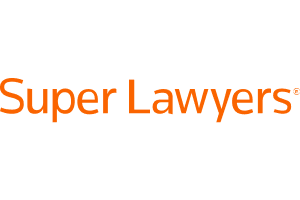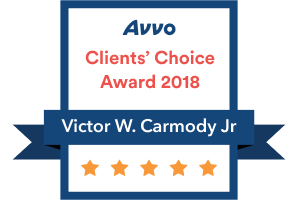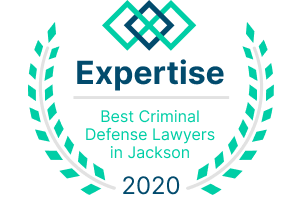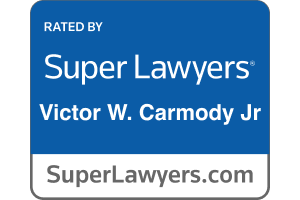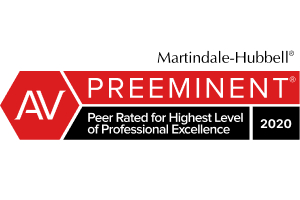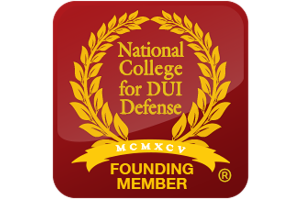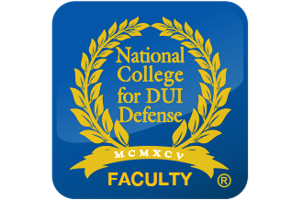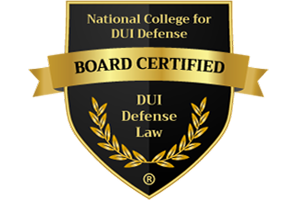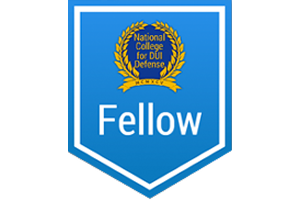First Call Attorney℠
Horizontal Gaze Nystagmus Testing
Drunk Driving Law Letter
Volume 16, Number 22
October 24, 1997
Donald H. Nichols · Flem K. Whited III
Editors
Court Finds HGN Test Is NOT Generally Accepted Within Scientific Community & Cannot Be Used As Scientific Evidence To Prove Intoxication or As a Mere Showing of Impairment.
State Not Required To Elect Between Under the Influence & Unlawful Blood/Breath Alcohol Levels.
Young v. City of Brookhaven, 693 S0.2d 1355 (Miss. 1997)
Defendant’s Attorney
V.W. Carmody, Jr. – Jackson
State’s Attorney
John D. Sutton – Monticello
Young was stopped for a driving violation. He was given several field sobriety tests including the “ABC” and the Horizontal Gaze Nystagmus tests which he failed. He was arrested and submitted to a breath alcohol test which showed a BAC of.285% an hour after he stopped drinking. He was convicted at trial. On appeal he argued the trial court committed reversible error:
- When the prosecution was permitted to proceed at trial under both impairment and unlawful breath alcohol level theories;
- When evidence regarding certain field sobriety tests were admitted at trial; and finally,
- When evidence regarding the intoxilyzer results was admitted.
Mississippi’s DUI statute, Miss. Code Ann. § 63-11-30, provides in subsection (1) “It is unlawful for any person to drive or otherwise operate a vehicle within this state who (a) is under the influence of intoxicating liquor and in subsection (c) has ten one-hundredths percent (.10%) or more* for persons above the legal age to purchase alcoholic beverages or eight one-hundredths percent (.08%) or more for persons who are below legal age to purchase alcoholic beverages in blood based; upon grams of alcohol per one hundred (100) milliliters of blood or grams of alcohol per two hundred ten (210) liters of breath as shown by a chemical analysis of such a person’s breath, blood or urine administered as authorized by this chapter. *It is interesting to note at this point that the above language is not a misquote. The relevant portions of the statute do not say what substance the persons are prohibited from having at the levels indicated. The statute, as quoted from the case, simply says “has ten one-hundredth percent (.10%) or more” without identifying the prohibited substance. I guess we are just to assume that it is alcohol since, other portions of the statute provide what the unknown substance is “based on.”
Nevertheless, Young claimed that since the subsections were separated by “or,” the state has an option of charges. They could charge the driver under the impairment theory or unlawful blood alcohol theory or both. This, he claimed, resulted in prejudice to hide defense since different evidence and strategies may be required to defend against the two statutes contains various ways to commit the same offense.
The court cited two decisions rejecting similar challenges. In Johnson v. City of Fort Smith, 690 S.W.2d 358 (Ark.App. 1985) an Arkansas court of appeals held, interpreting a statute similar to Mississippi’s, that the two subsections are “simply two different ways to prove a single violation.” Also, in Brucknew v. City of Huntsville, 549 So.2d 451 (Ala. 1989), citing Sisson v. State, 528 So.2 1159 (Ala. 1988), the court held the two theories are “two methods of proving the same offense–driving under the influence.”
Following the above authority, the court rejected Young’s argument that the state should be forced to elect and held that the statute “merely sets forth numerous methods of committing the same crime.”
The court next focused on the admissibility of the HGN test. Young had received a pre-trial order prohibiting the state from introducing the HGN to determine a specific blood alcohol level, but he claimed the evidence was admitted over his objections that it required a scientific predicate prior to being admitted. The following questions and answers were allowed:
“Q. Have you ever had an occasion to give an individual a gaze nystagmus test and then run that individual on intoxilyzer?
A. Yes, sir.
Q. What correlation, if any, do you notice between the gaze nystagmus test and the results that you have received from the intoxilyzer?
A. After doing a number of gaze nystagmus, you can pretty well tell by the gaze nystagmus what they’re going to blow on the machine.”
Again the court looked to neighboring jurisdictions for guidance. The Alabama Supreme Court in Malone v. City of Silverhill, 575 So.2d 106
(Ala. 1990) stated “the problem created by the improper admission of the HGN evidence is due to the scientific nature of the test and disproportionate impact it might have had on the jury’s decision-making process…. A jury might give undue weight to [HGN] evidence since it may appear to lend the certainty of an exact discipline to problematic fact finding.”
Tennessee appellate courts have found “after careful review of the two alternative positions, we believe that the better course is to hold that the underlying premise behind the HGN test is grounded in science, not in common knowledge of lay persons…” State v. Murhpy, 1995 WL 594715 (Tenn.Crim.App.1995) (currently on appeal before the Tennessee Supreme Court).
Arkansas allows the HGN to prove intoxication but not a blood alcohol level. Whitson v. State, 863 S.W.2d 794 (Ark. 1993).
The Mississippi Supreme Court then said:
“We find that the HGN test is a scientific test. The potential of a juror placing undue weight upon testimony about the administration of the test is high. Whereas most other field sobriety tests arise out of a juror’s common experiences, i.e., one stumbles, slurs words, and staggers when drunk, the HGN test relies upon a scientific or at least professionally relevant set of observations.
Therefore, this Court finds that the HGN test is not generally accepted within the scientific community and cannot be used as scientific evidence to prove intoxication or as a mere showing of impairment.
However, the HGN test can still be used to prove probable cause to arrest and administer the intoxilyzer or blood test. This is the only allowable use for the test results.
We deliver a stern warning concerning using the HGN test for reasons other than to establish probable cause. The State cannot use the results of the HGN test merely as an indicator to show that the defendant was ‘under the influence of intoxicating liquor’ to prove the requisite elements of Miss. Code Ann. § 63-11-30(1)(a). Furthermore, the State cannot attempt to introduce the HGN test as scientific evidence to show degree of intoxication.”
In his last issue, Young claimed the state should be required to place into evidence the actual cards used in calibration of the intoxilyzer, rather than allowing the testimony of the individual who conducted the calibration. The court rejected this argument. They held the testimony of the officer conducting the tests along with the log of the test to be sufficient.
Young’s conviction was affirmed, notwithstanding the improper admission of the HGN, since the court found there was “overwhelming” evidence presented to prove Young’s intoxication.
For a consultation with an award-winning criminal attorney near me, call today and speak with our three legal book authors at 1-800-360-3847. Our criminal law partners cover all of Mississippi.


